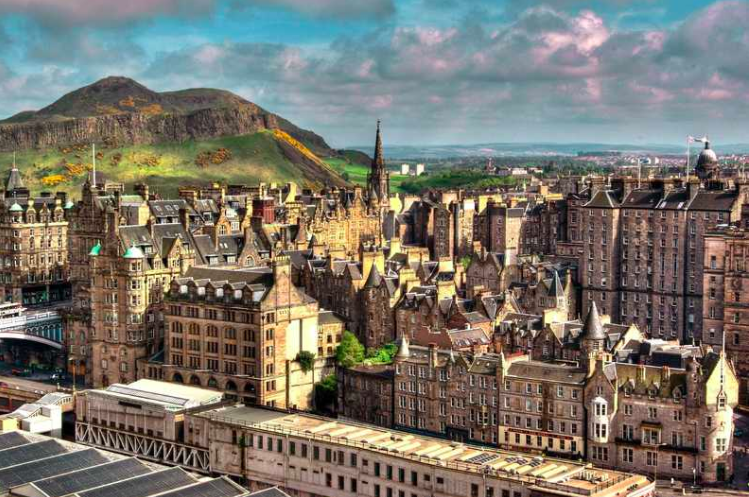By BBC Radio Scotland’s Property Expert, Brian Gilmour
Scotland’s housing market has shown resilience and steady growth over the past year, according to the latest data released by the Registers of Scotland (RoS). Covering the 12-month period from April 2024 to March 2025, the figures reveal key insights into median prices, transaction volumes, regional variations, and the continuing impact of property type on value.
Headline Figures
The median residential property price in Scotland rose to £190,000, up 3% from the previous year (£185,000). This modest growth reflects both increased buyer activity and a slight shift in demand toward larger, more expensive homes.
The total number of residential sales reached 99,975, marking a 7% increase on the 93,429 transactions recorded in 2023–24. This represents a bounce-back in buyer confidence, spurred on by gradual economic recovery and continued appetite for home ownership.
Price by Property Type
Different property types continue to show strong variation in value:
- Detached homes remain the most expensive, with a median price of £316,000.
- Semi-detached properties come in at £205,000.
- Terraced houses recorded a median of £160,000.
- Flats remain the most affordable at £135,000.
This hierarchy continues to influence the market, especially as buyers increasingly look for value outside the main cities.
Spotlight on New Builds
New build homes made up around 9% of all transactions in Scotland during the year, equating to approximately 9,480 units. These properties carried a significantly higher median price of £310,000, reflecting modern build standards, energy efficiency, and location desirability.
This premium for new builds highlights the demand for turnkey homes with low maintenance requirements, particularly in commuter towns and growing suburban communities.
Regional Differences
Scotland’s property market continues to show wide regional variation:
- East Renfrewshire recorded the highest median sale price at £290,000, driven by strong school catchments and suburban appeal.
- Inverclyde had the lowest median at just £115,000, reflecting affordability but also economic disparities.
Cities like Glasgow and Edinburgh remained key hubs for activity:
- Edinburgh topped the charts with a median sale price of £270,000, retaining its place as Scotland’s most expensive city.
- Glasgow continued its upward trend, with a five-year increase of 62% in median prices, reflecting urban regeneration and buyer migration from pricier regions.
Market Activity & Buyer Behaviour
Buyer behaviour is shifting subtly. RoS data shows that 67% of all residential sales were under £250,000, while 29% sat in the £250,000 to £525,000 band. Just 4% of transactions exceeded £525,000, showing the market remains largely affordable compared to UK-wide figures.
These price bands are important, especially as tax thresholds (such as LBTT in Scotland) shape purchasing decisions. The steady increase in mid-market activity may also reflect the trend of first-time buyers skipping starter homes in favour of longer-term family residences.
Energy Efficiency & Modern Demand
Energy performance is playing an increasingly prominent role in Scottish housing. With energy prices still elevated, demand for homes with EPC ratings of C or above is rising. This may explain some of the premium placed on newer builds.
Meanwhile, the flat market continues to face pressure, particularly older tenement stock with poor energy performance. Urban centres like Aberdeen have seen price stagnation or even decline in some cases.
The Outlook Ahead
Scotland’s property market appears stable and cautiously optimistic. Modest price growth, rising sales volumes, and a clear appetite for energy-efficient, family-sized homes are all positive indicators. However, regional disparity and affordability remain critical issues, particularly for younger or lower-income buyers.
The data shows a market that is both evolving and resilient—one that requires smart planning from buyers, developers, and policymakers alike.
Thinking of buying, selling or renting in 2025?
Contact Indigo Square for expert advice on property trends, pricing, and opportunities across Glasgow, Inverclyde, and the West of Scotland.

Recent Comments